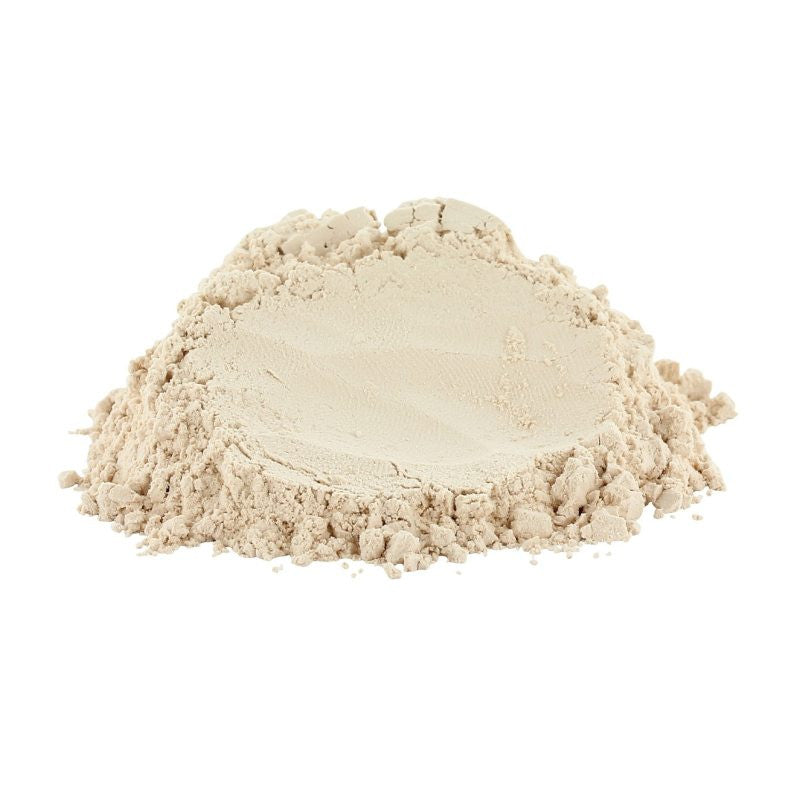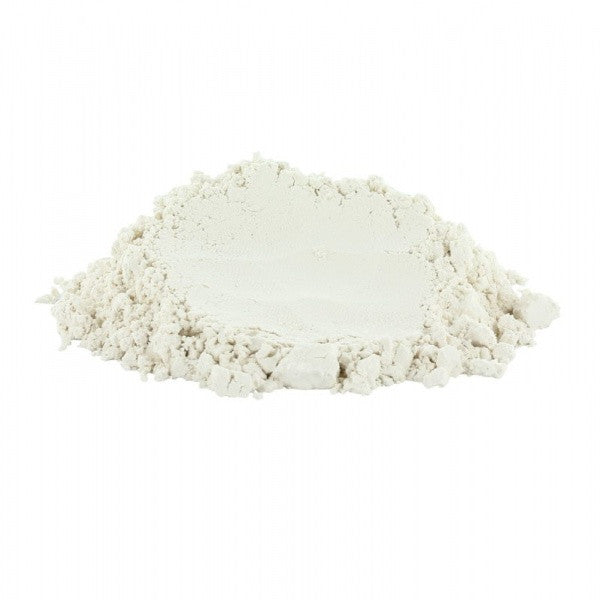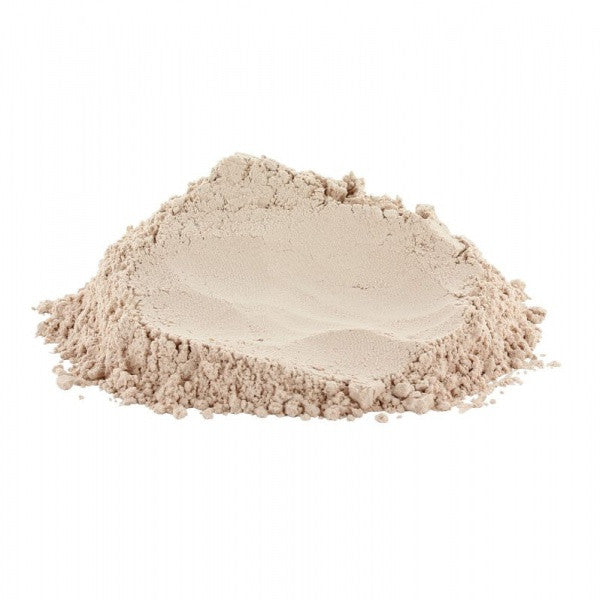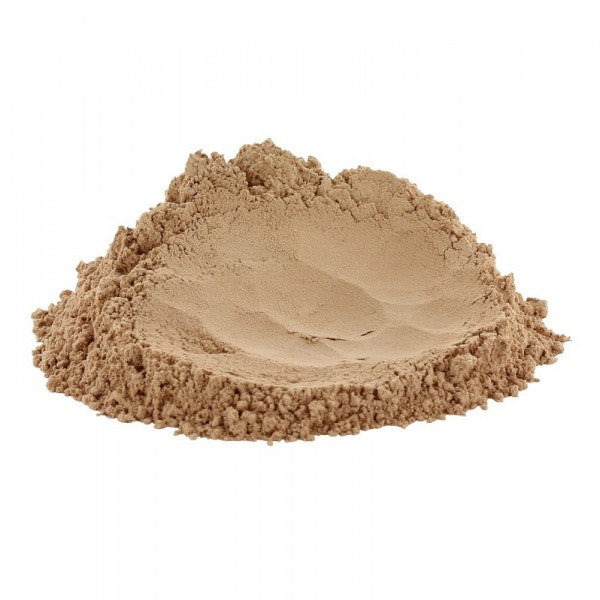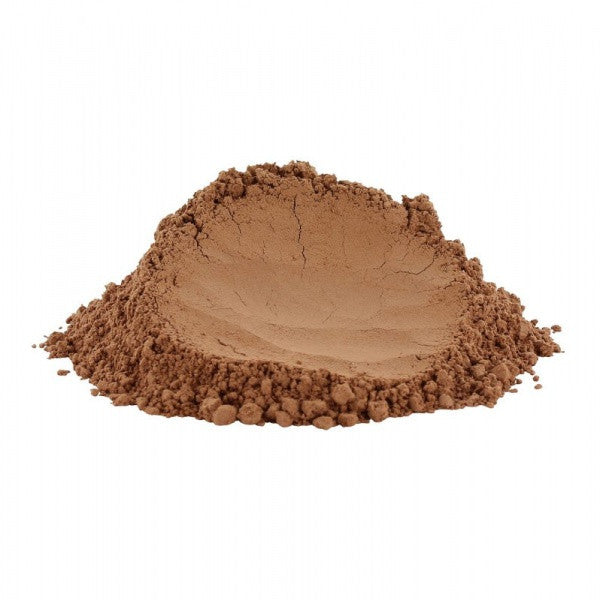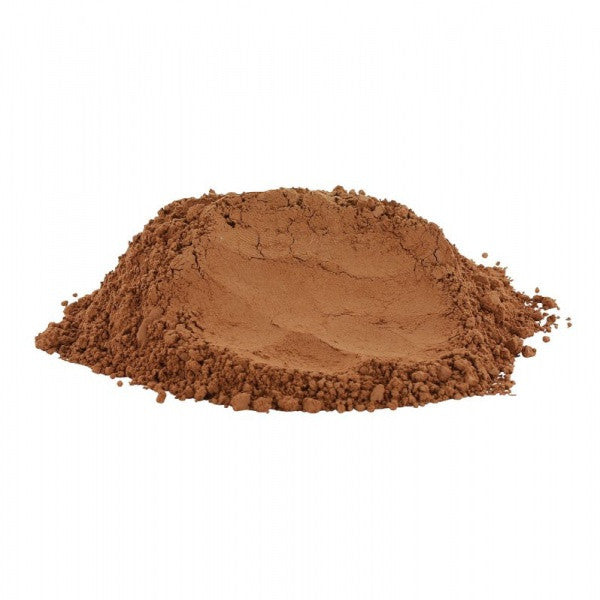Beryl Mineral Finishing Powder 63% SAVINGS
$12.00 $22.00
- Fine powder is more translucent than foundation.
- Evens out skin tone, minimizes appearance of pores, and camouflages areas of hyperpigmentation.
- Use alone if you desire just a soft finish with little coverage. Melds into skin for natural, no-makeup appearance.
- Provides an air-brush finish; matte but with slightly dewy appearance.
- Hides pores, softens lines and wrinkles.
- Long lasting; increases longevity of makeup.
- Melds into skin for natural appearance.
- Non-chalky. No ashy residue.
- Hides discoloration.
- Enhances oil absorption.
- Enhanced with Vitamin C.
- Parabens-free. Fragrance-free. Bismuth oxychloride-free.
Silky translucent loose powder fills fine lines for smoothest finish. NEW larger size jar!
- Finishing powders are a silky, translucent blend of minerals with just a hint of sheen to provide a natural dewy glow. They work throughout the day to absorb excess oil and keep your makeup looking fresh and natural.
- Excellent when used in place of foundation for those who need very light coverage, or for days when you just want to minimize makeup yet smooth pores and protect your skin.
- Contains antioxidant Vitamin C.
Shade Descriptive
Beryl Translucence (colorless): Original colorless formula with the natural shading of the ingredient powders.
Beryl Translucence Barely There Tint:Almost colorless but with just a hint of a neutral undertone.
Beryl Buff: A very pale neutral for light, warm skin tones. Illuminates dull complexions. Tones down red, ruddy skin.
Beryl Blush: A palest blush to brighten complexion. For light to medium skin tones. Most popular shade.
Beryl Mellow:A medium shade with undertones of tan - yellow. Adds warmth. Tones down redness. Excellent summer shade for lighter skin that wants to have a healthy tan appearance.
Beryl Ombra: Warm brown for deeper skin tones.
Beryl Deep: Warm and deep with hint of red undertones.
BRUSH RECOMMENDATION: A soft kabuki or other fluffy brush.
- May be used alone on clean skin, as a primer under foundation to enhance oil balance, or as a final finishing powder after foundation.
- Dust lightly over skin.
- Brush away excess powder.
- Spray with setting mist to immediately settle powder into pores.
Serecite, French Triple Milled Talc*, Kaolin, Magnesium Cargonate, Magnesium Ascorbyl Phosphate (Vitamin C). May contain /- Iron Oxides, Titanium Dioxide, Ultramarines.
*Concerns about talc have been making the rounds of Internet sites to the extent that this useful ingredient has suffered from misinformation. The cosmetic ingredient authorities Cosmetic and Personal Care Product Safety,Skin Deep Environmental Working Group, and "Cosmetic Cop" Paula Begoun note that there is no evidence that talc is dangerous to health and rates it as of low concern. The FDA rates talc as GRAS (generally regarded as safe) and does not inhibit its inclusion in products, including baby products. The dangers have been related to the concern of asbestos fibers being present in talc, but the heightened consciousness of this has led to even purer forms of talc available to the cosmetic industry. Read more about this in Notes from the Abbey.
*TALC: Be not afraid.
Let's talk talc. Talc is powdered magnesium silicate, an earth mineral known for its softness. In classrooms past, I gave my earth science students sets of rocks and minerals to observe, touch, and test. A piece of talc was included because it registers 1 on the Mohs hardness scale, making it the softest mineral on earth. Students were always delighted to discover its silken smoothness. Each year several pieces of talc required replacement as students found the talc nugget a soothing worry stone troll in their hand to relieve tension and stress. Life can be a challenge and I was happy to oblige them.
I think of this when I read emotional and fearful reactions to the presence of talc in cosmetics. People fear that talc causes cancer. People fear that talc causes respiratory distress. They fear that talc will cause death, disease, or skin irritation. Well, the antidote to fear is knowledge, and current science comes to the rescue. Be not afraid.
Concerns arose because before the 1970's, talcum powder was often contaminated with asbestos fibers, now a known carcinogen. Once understood, the dangerous asbestos was quickly banned and laws mandated the purity of talc in all products. Certainly today, forty years later, talc is purified, purified again, and then purified one more time before it is released for home products. The researchers at Cosmetic and Personal Care Product Safety affirm this:
Cosmetic grade talc does not contain asbestos, which is confirmed by X-ray diffraction, and optical and electron microscopy. In addition, the producers of cosmetic-grade talc have established purity specifications to ensure that it does not contain residue levels of asbestos.
The primary concern about talc was its linkage to ovarian cancer. This resulted from a small sample study in the early 199s. Subsequent larger studies have provided no supportive evidence that talc is carcinogenic or a causative factor in the development of ovarian cancer in humans. (Always look at the date of an online article when reading information about talc.) Lack of supportive data prompted the National Toxicology Program in 2 to exclude talc from its list of carcinogens, and in 25 it withdrew talc from further review as a causative agent for the range of reported adverse health outcomes. Age, family history, excess weight, and hormone therapy remain the major risk factors in the development of this tragic disease. The suspected link with ovarian cancer was associated with perineal use, so err on the side of caution and avoid talcum powder in that area. But again: Not one study has affirmed the initial report.
The relationship of talc to respiratory problems has also lacked confirmation. When animal studies are reported regarding the safety of a substance whether ingested or inhaled, the unspoken variable is that the amount and duration of testing of a substance is dramatically skewed from reality. Almost any particulate matter inhaled in geometrically enhanced proportions over improbable time frames will cause respiratory problems. Such is the case with studies of inhaled talc.
Talc is a valuable cosmetic ingredient that is absorbent, is inert which avoids allergenic reactions, is soft, smooth, and enhances slip which makes it a natural alternative to silicones, allowing products to glide onto skin. The Federal Drug Administration classifies it GRAS (Generally Regarded As Safe) and it is used often as an anti-caking ingredient in food products. Yes, sometimes you are probably eating talc. Misinformation of any kind is dangerous and causes us to make poor decisions. Fear is never recommended as a successful guide to life. Be not afraid. Be informed instead.
Cosmetic and Personal Care Product Safety
Cancer Research UK
European Respiratory Journal
The American Cancer Society

